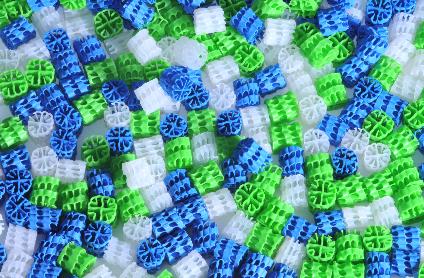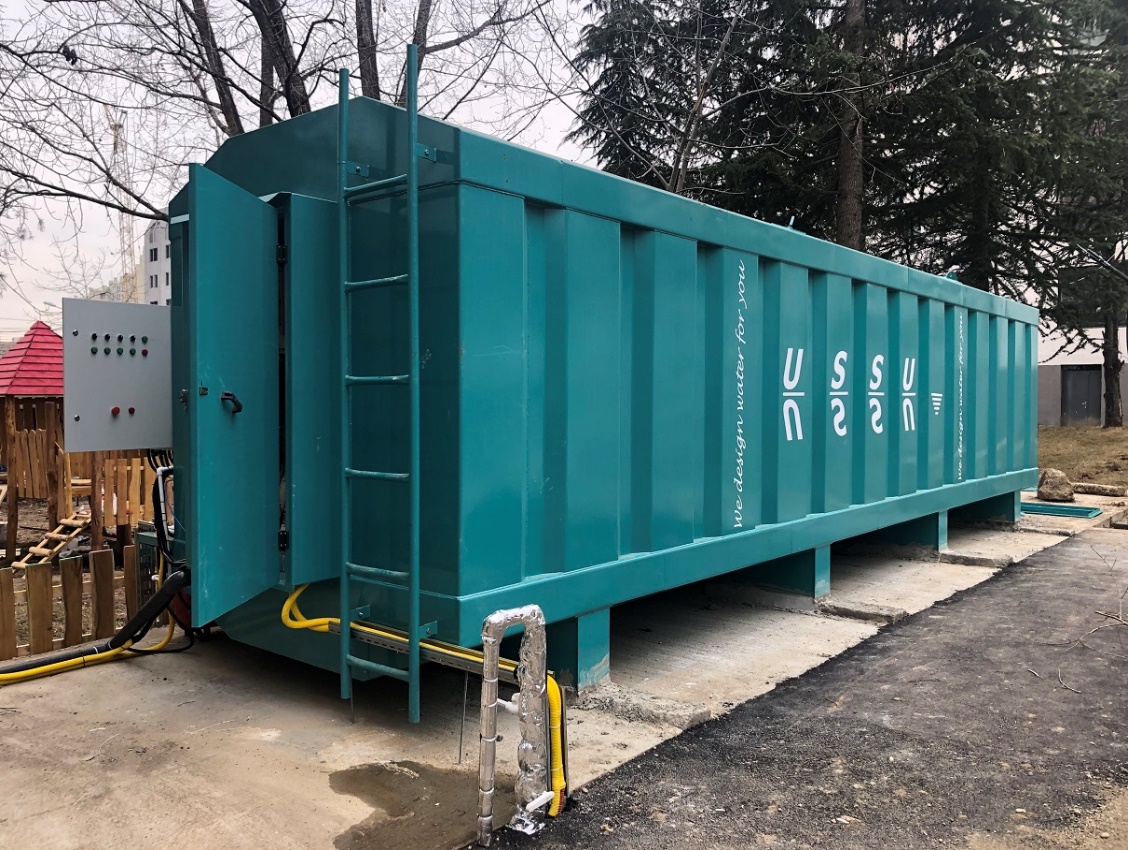
What is MBBR ?
The MBBR system consists of an aeration tank (similar to an activated sludge tank) with special plastic carriers that provide a surface where a biofilm can grow. The carriers are made of a material with a density close to the density of water (1 g/cm3). An example is high-density polyethylene (HDPE) which has a density close to 0.95 g/cm3. The carriers will be mixed in the tank by the aeration system and thus will have good contact between the substrate in the influent wastewater and the biomass on the carriers.To prevent the plastic carriers from escaping the aeration it is necessary to have a sieve on the outlet of the tank.

The MBBR system is considered a biofilm process. Other conventional biofilm processes for wastewater treatment are called trickling filter, rotating biological contactor (RBC) and biological aerated filter (BAF). Biofilm processes in general require less space than activated sludge systems because the biomass is more concentrated, and the efficiency of the system is less dependent on the final sludge separation. A disadvantage with other biofilm processes is that they experience bioclogging and build-up of headloss.
MBBR systems don't need a recycling of the sludge, which is the case with activated sludge systems.The MBBR system is often installed as a retrofit of existing activated sludge tanks to increase the capacity of the existing system.
The degree of filling of carriers can be adapted to the specific situation and the desired capacity. Thus an existing treatment plant can increase its capacity without increasing the footprint by constructing new tanks.

When constructing the filling degree can be set to, for example, 40% in the beginning, and later be increased to 70% by filling more carriers. Examples of situations can be population increase in a city for a municipal wastewater treatment plant or increased wastewater production from an industrial factory.
Some other advantages compared to activated sludge systems are;